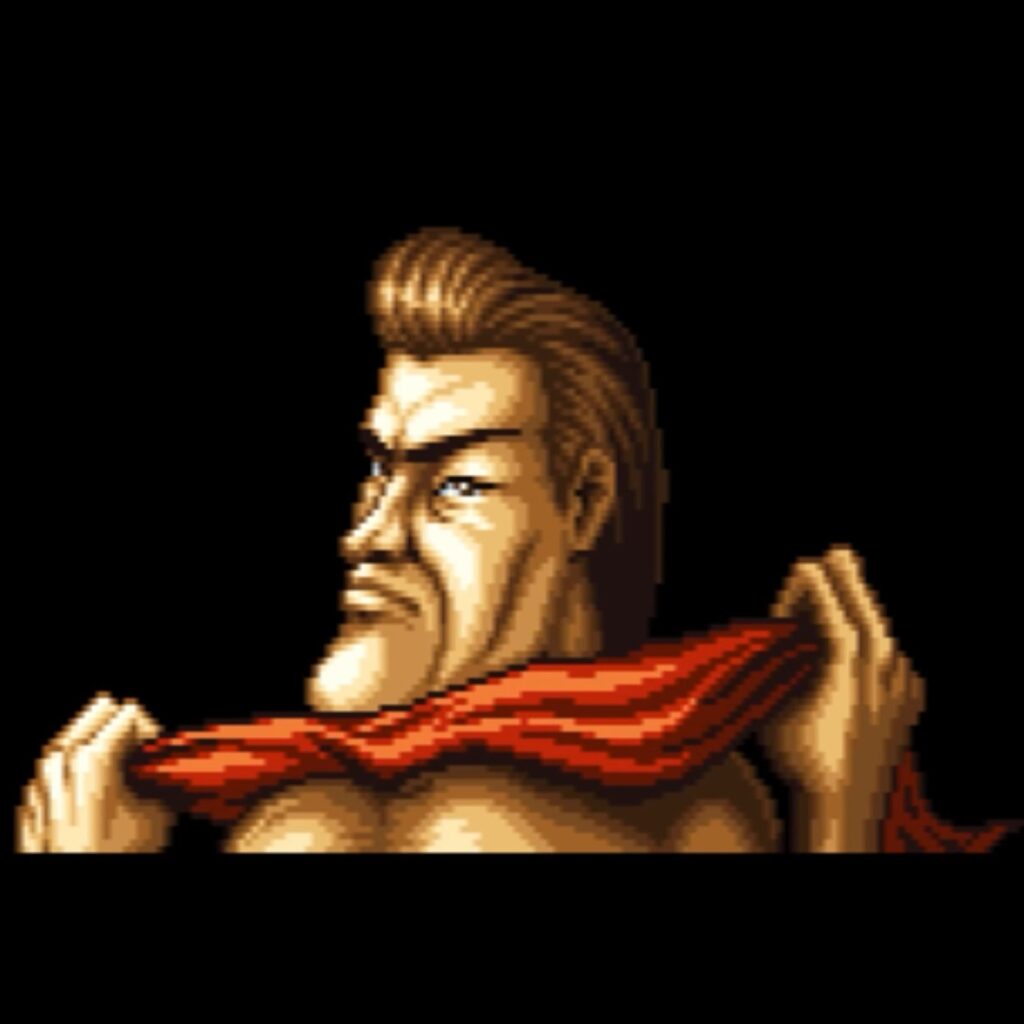After the collapse of UWH, Sumisu follows Joe Kajiwara in his new promotion, the Kajiwara Gumi. However, the promotion soon folds due to a lack of wrestlers; as such, the members of the Kajiwara Gumi, including Sumisu, end up wrestling in View Japan Pro Wrestling as freelancers. He then faces Hiroshi Date, Masahiro Kouno, Joe Kajiwara himself and Victory Musashi. Afterwards, Sumisu leaves View Japan to challenge the larger world of martial arts.
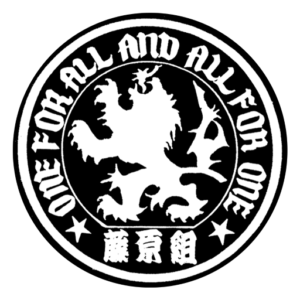
The Kajiwara Gumi is based on the Fujiwara Gumi, founded by Yoshiaki Fujiwara. The term “Gumi” here is meant to evoke a Yakuza Family (組 – Gumi) which ties into Fujiwara’s nickname, Kumicho (Boss of a Yakuza family). In reality, the promotion was founded in March 1991 but was crippled by the secession of many of its wrestlers to Pancrase in 1993.
Akira Maeda tried to convince him to join RINGS, but instead, Fujiwara and the other members of the Fujiwara Gumi kept fighting as freelancers. Kajiwara himself fought in the G1-Climax event held by NJPW in 1993 and 1994, which is why, in this chapter, Kajiwara ends up fighting in View Japan.
The fights against Kajiwara and Musashi actually use the Kajiwara Gumi ring, rather than the View Japan one.
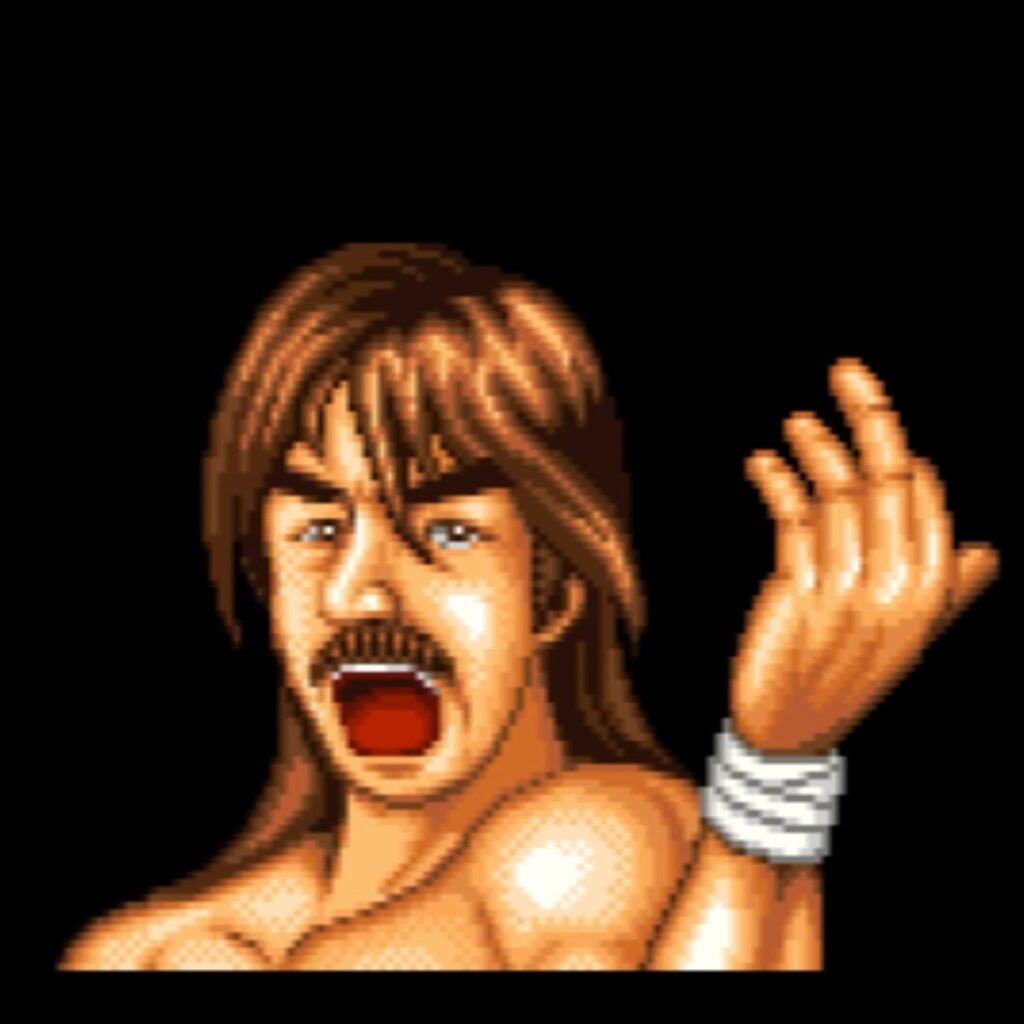
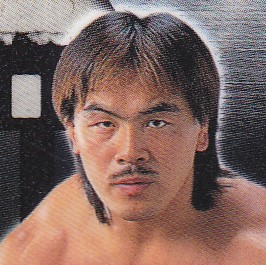
The first challenger, Hiroshi Date, is based on Hiroshi Hase. His extremely offensive personality in the game may have been based on a scandal he was involved in due to misspeaking to the host, Kuniko Yamada, which was blown up by the media, while his extremely technical style may have been based on the fact that Hase competed in Greco-Roman style Wrestling in the 1984 olympics.
The second challenger, Masahiro Kouno, is based on Masahiro Chono. His characterization in the game is based around Chono’s 7-year winning streak of the G1-Climax tournament, which is held in summer, giving him the nickname Mr. August. The Yellow Building mentioned by Kouno in the game is located near Tokyo Dome, while Sumisu’s retort about shipping him back to China is likely based on Chono’s participation to a Japan/China tournament in 1990.
In 1994, Chono changed his persona to that of a heel, posing as a Yakuza hitman. For this reason, his name was changed to “Violence” Kouno in later Fire Pro entries, and he is referenced as such in Moonlight Syndrome.
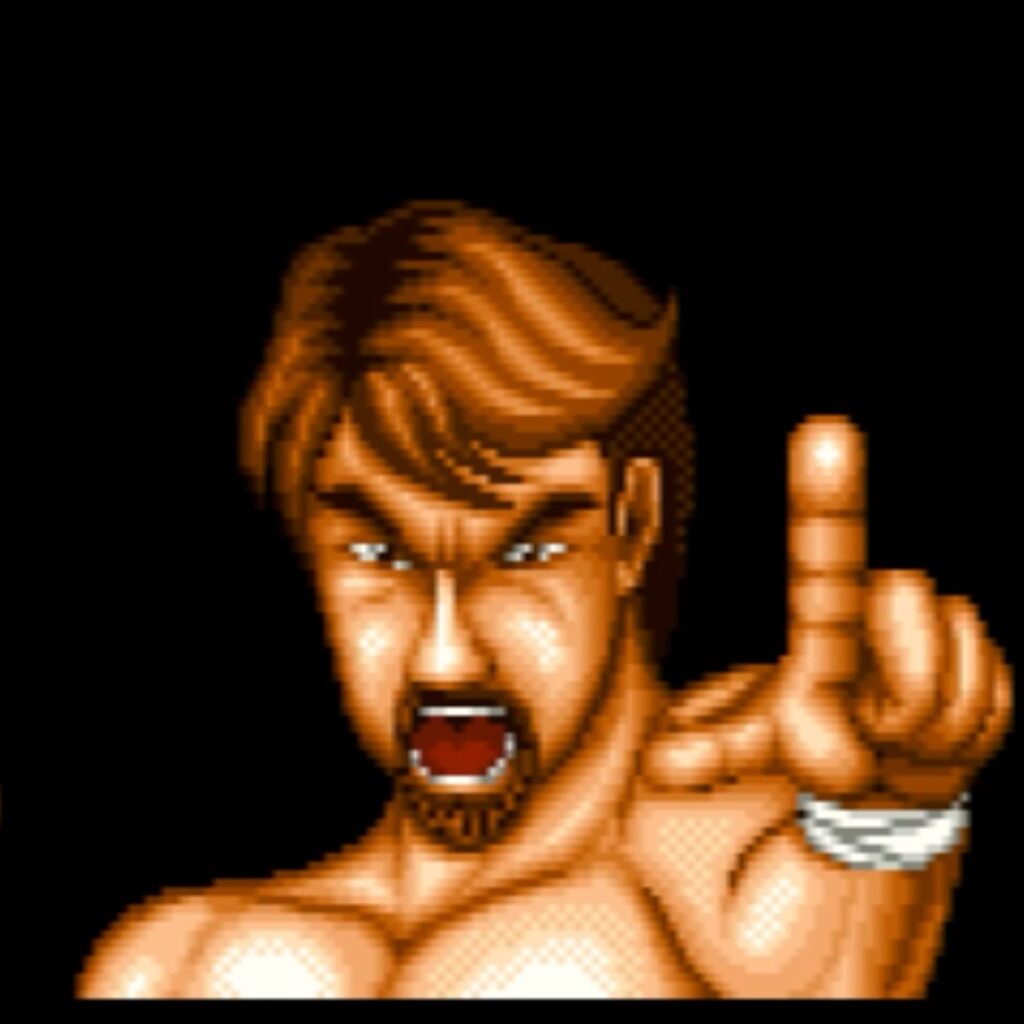
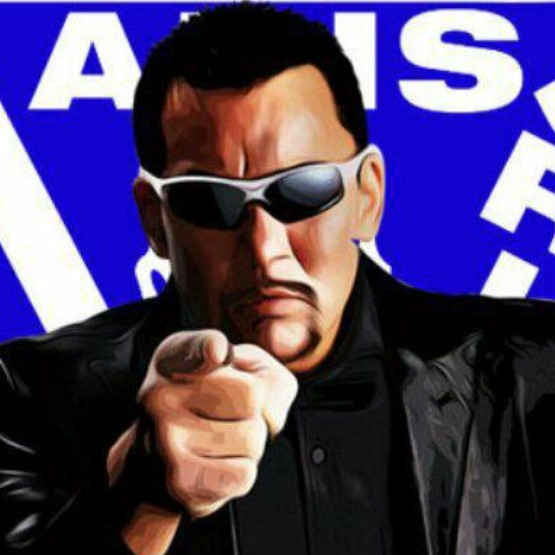
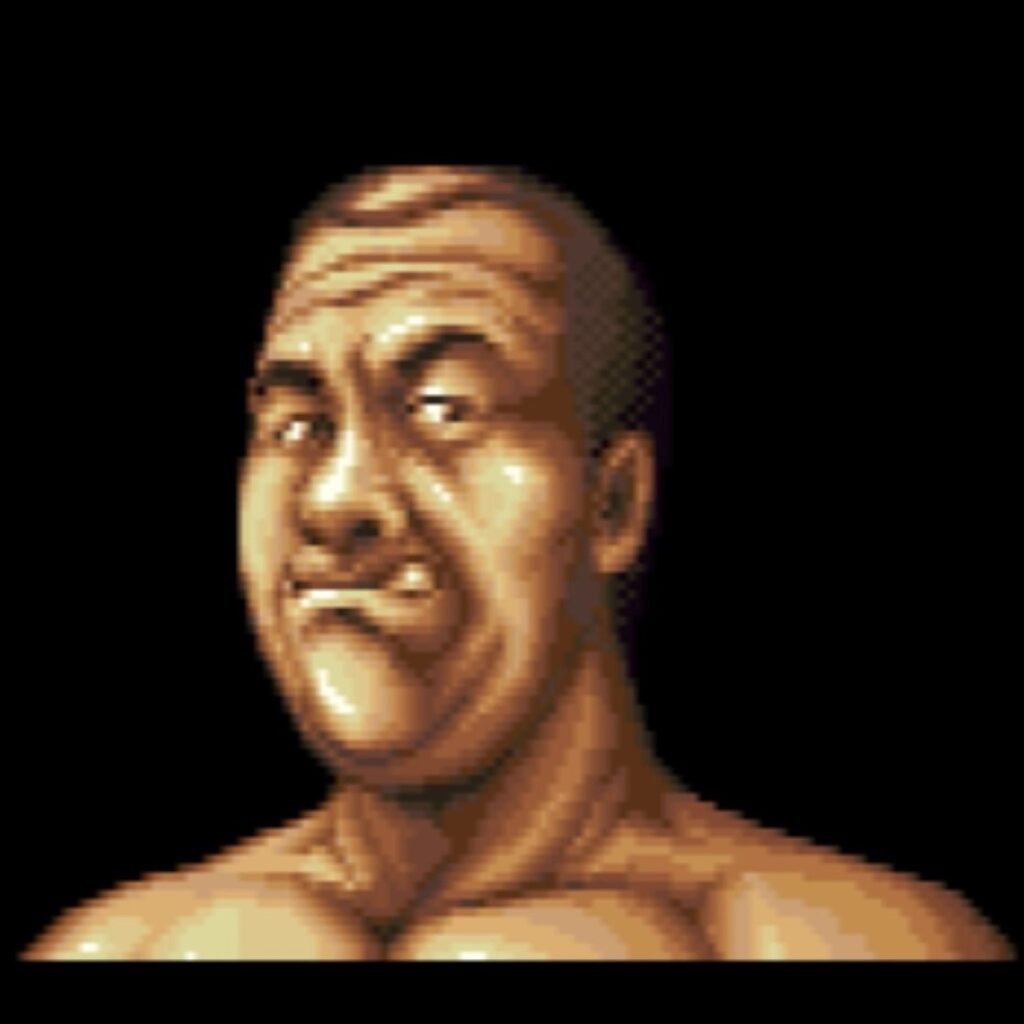

Sumisu then has to face his master, Joe Kajiwara, again a stand-in for Yoshiaki Fujiwara. From their dialogue, it is obvious that Sumisu, at this point, was working as Kajiwara’s attendant, having to fetch him ‘sports drinks’. That’s what Fujiwara, a heavy drinker, jokingly called his alcohol as part of his performance.
Sumisu’s quip about Kajiwara’s eyes is likely in reference to the Fujiwara Gumi’s real life sponsor, Megane Super, which also sponsored the Newborn UWF.
After the fight, Kajiwara introduces him to his master, Victory Musashi: In real life, Fujiwara was indeed trained by Antonio Inoki.
Sumisu’s final opponent, Victory Musashi, is based on Antonio Inoki. In the game, he mentions going to Russia to check out their athletes: this actually happened to Inoki in 1989, when he also met Vladimir Putin. Akira Maeda (Akira Saeba), Masakatsu Funaki (Makoto Higaki) and Nobuhiko Takada (Nobuhisa Sanada) were, at different points, his disciples. Lastly, Inoki’s Final Countdown refers to his final string of matches, which was still ongoing when Fire Pro Special released.
